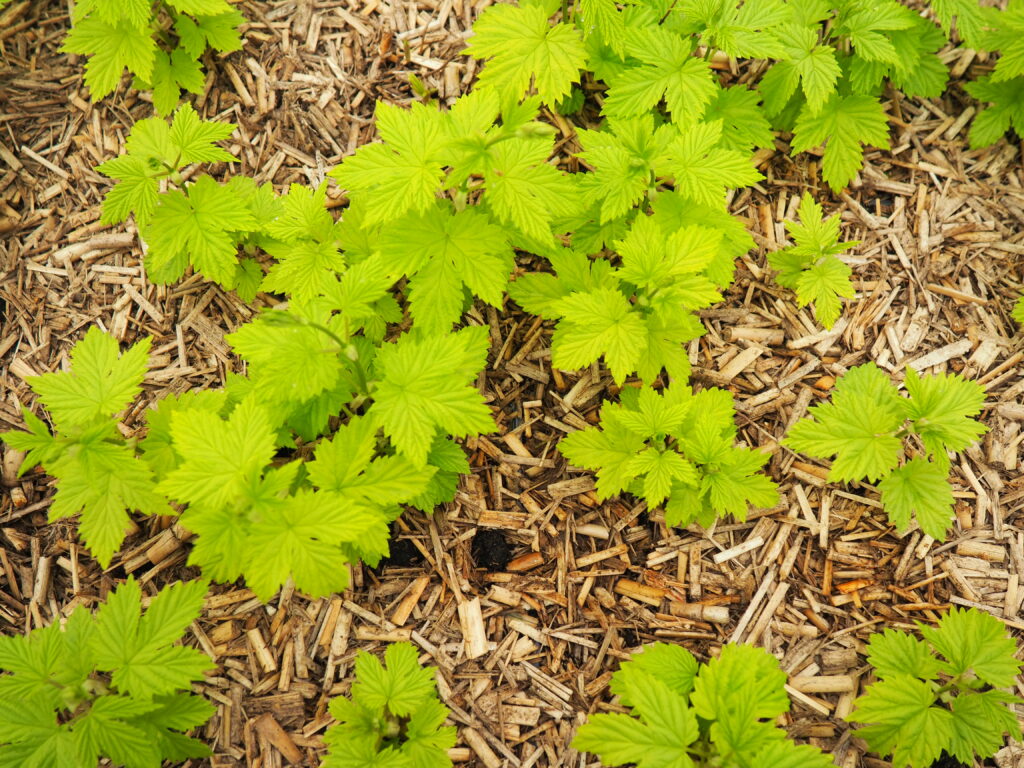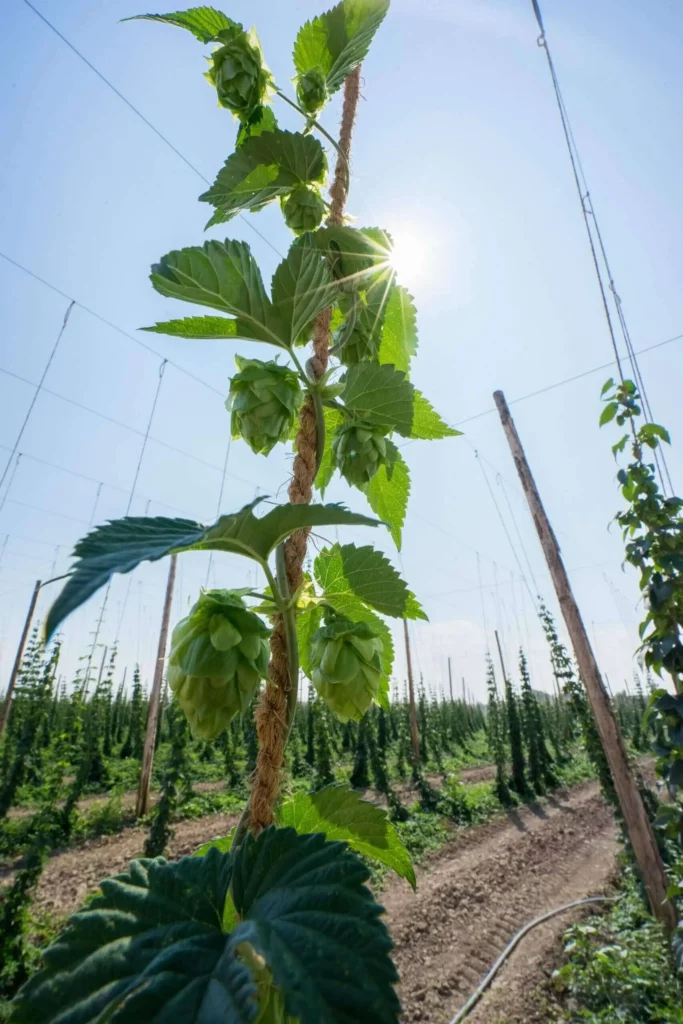La variété de houblon Cascade a révolutionné l’usage du houblon dans la bière depuis 40 ans, quelles sont ses origines, et sa descendance ?
L’univers de la bière est en pleine mue depuis une dizaine d’années en France et dans le monde. Une combinaison de facteurs divers ont permis l’émergence des brasseries artisanales qui maillent le pays aujourd’hui : La palette aromatique relativement restreinte des bières vendues dans les points de vente historiques (GMS, CHR), la tendance au local, le retour en grâce de l’artisanat, étaient le terreau fertile d’une révolution à venir.
Le déclencheur a certainement été la création d’une variété de houblon. Aujourd’hui incontournable, cépage roi des bières houblonnées: Cascade.

Pour tenter de revigorer l’industrie américaine de la bière après la Prohibition, le gouvernement américain a créé le programme de sélection de houblon. En 1935, alors que la variété “Cluster” représentait 90% des surfaces cultivées, le mildiou gagnait du terrain chaque année. L’objectif du programme de recherche était de développer une variété résistante aux maladies, et offrant de bons rendements.
Ils ont été servis.
La variété Cascade donne en moyenne 1,9 tonne de fleurs séchées par hectare, comparé aux 1,3 tonnes pour un Golding, 1,4 tonne pour Mount Hood…
La variété est plus résistante au mildiou, à l’oïdium, et au verticillium, trois maladies/virus qui ravagent les houblonnières européennes et américaines à cette époque.
Développée par l’USDA (département de l’Agriculture des États-Unis) à l’Oregon State University à partir de différents croisements : [Fuggle x (Serebrianka-Fuggle)] x Mâle sauvage collecté aux USA en 1955.
La variété Cascade est commercialisée pour la première fois en 1974. Elle est introduite chez les houblonniers de l’Oregon et de Washington à partir de la même année, sans grand succès d’abord. Boudée par les brasseurs américains, cette variété trouvera son palais attentif en la personne de Fritz Maytag qui l’utilisa dans la “Liberty Ale” en 1975. Avec la variété Cascade, le brasseur libéra ainsi les arômes résineux, d’agrumes typiques, et inconnus jusqu’alors dans une bière, la Liberty Ale est devenue le parangon de l’American Pale Ale, et le point de départ d’une grande aventure.

Aujourd’hui elle est utilisé dans la plupart des bières de style Pale Ale et IPA (West coast IPA, American Pale Ale, East Coast IPA…). La variété a atteint jusqu’à 17% des surfaces cultivées aux USA, et était la troisième variété en surface.
Cette variété aux caractéristiques uniques a fait des petits : Australian Cascade, English Cascade, Argentina Cascade, Spanish Cascade et même Cascade Français depuis peu. Ils sont des variations du même plant mère, chacune développant des caractéristiques propres, résultant d’une infinté de facteurs pédo-climatiques et géologiques, qu’on résume au mot « terroir ». Cette notion est bien explorée par Alexandra Berry dans son excellent livre « De la Terre à la Bière« .
Il est assez notoire que le Cascade produit dans nos contrées, aux conditions climatiques bien différentes du nord-ouest américain, offre des arômes plus ou moins résineux et fruités, plus ou moins épicé, selon qu’il soit des Flandres ou de Provence.
Après les travaux du Pr Salomon du Wye College au début du XXe siècle, dont sont issues les variétés Brewers Gold, Northern Brewer, Bramling Cross, Bullion, Galena, toutes croisées à partir du même plant de houblon sauvage collecté dans les années 10 dans la province du Manitoba (Canada), l’arrivée du Cascade a ouvert une nouvelle porte dans la génétique du houblon:
Variétés issues du cascade: Pilgrim (UK), Santiam (US), Mistral (FR), Lemondrop™(US), Mandarina Bavaria (DE), Cashmere (US), Jester®(UK), Hallertau Blanc (DE).

Cultiver de houblon Cascade en France
Un Agriculteur en recherche de la variété idéale va souvent baser son choix sur 3 principaux critères :
C’est simple : la variété Cascade coche les trois cases, cela en fait une variété incontournable pour un-e producteur-ice de houblon en France.
Nous vendons des racines nues et pots de la variété Cascade aux particuliers comme aux professionnels, ceux-ci peuvent bénéficier de tarifs dégressifs selon la quantité commandée.
Tous droits réservés Hopstock©